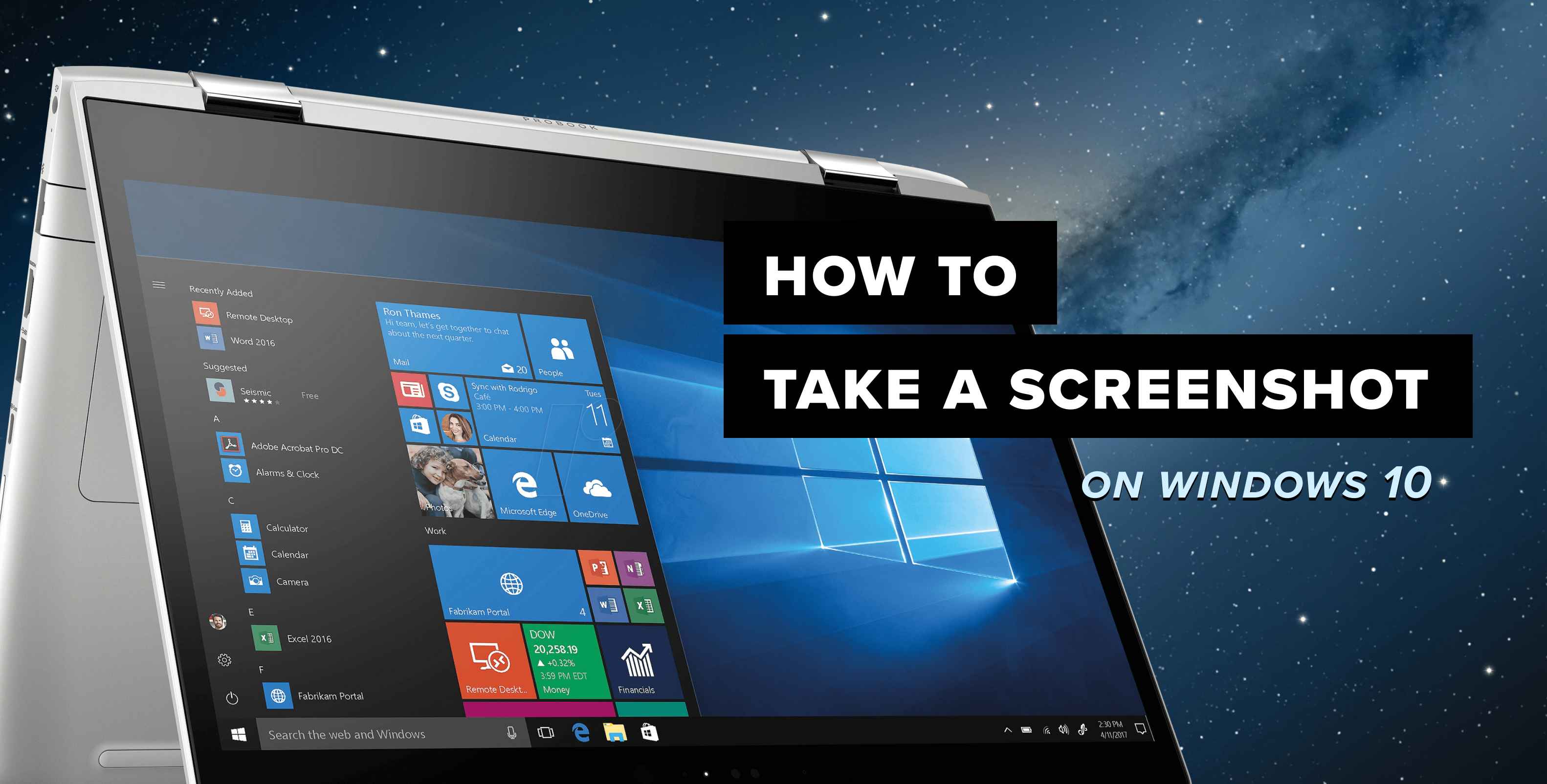Earthquake Warning Apps: Alert Systems & Safety Tips for Phones
Are you worried about being caught off guard during an earthquake? You're not alone. Fortunately, several excellent earthquake alert system apps can provide crucial seconds of warning, potentially saving lives. This guide will explore the best options available for your phone, helping you choose the app that best suits your needs and ensuring you're prepared when the ground starts to shake.
Understanding Earthquake Early Warning Systems
An earthquake alert system isn't about predicting when an earthquake will happen. Instead, it relies on detecting the primary waves (P-waves) that travel faster but cause less damage than the secondary waves (S-waves) and surface waves. By detecting these initial waves, the system can send out an alert to your phone, giving you precious seconds to take cover before the stronger shaking arrives. These systems use a network of seismograph sensors strategically placed in earthquake-prone areas. The closer you are to the epicenter, the shorter the warning time, but even a few seconds can make a significant difference. According to the USGS, a 5-second warning can allow a person to drop, cover, and hold on, significantly reducing the risk of injury.
How Earthquake Early Warning Systems Work
The core functionality of an effective earthquake alert system hinges on a real-time analysis of data streamed from a dense network of seismic sensors. These sensors, strategically positioned in areas with high seismic activity, are constantly monitoring ground motion. When an earthquake initiates, these sensors detect the initial P-waves, which radiate outward from the epicenter at a speed significantly faster than the destructive S-waves. This difference in wave speed is the fundamental principle behind early warning systems. The data is then quickly analyzed and an alert is sent to cell phones via an app.
Limitations of Current Systems
While incredibly useful, these systems aren't perfect. Warning times are limited by distance from the epicenter. Also, some regions may lack sufficient sensor coverage, leading to less accurate or timely alerts. There can also be false alarms, although developers work hard to reduce the probability of this happening. False alarms can occur due to a number of reasons including malfunctions and background noise. Another limitations is that the effectiveness depends on user response. Receiving an alert is only the first step; people need to know how to react and take appropriate safety measures for the warning to be truly beneficial.
Top Earthquake Early Warning Apps for Android
Android users have a variety of options when it comes to android earthquake apps. Several apps offer real-time earthquake alerts and valuable information. Here are a few of the top contenders:
| App Name | Key Features | Pros | Cons |
|---|---|---|---|
| MyShake | Developed by UC Berkeley, provides alerts based on ShakeAlert system, crowd-sourced data collection | Scientifically backed, free, contributes to research | Limited coverage area |
| EEW Japan (Earthquake Early Warning) | Provides alerts based on Japan's earthquake early warning system | Very accurate and reliable in Japan | Only useful for users in Japan |
| Earthquake Network | Crowd-sourced data, real-time alerts, reports from users | Global coverage, reports on damage from other users | Alert quality can vary |
MyShake, developed by UC Berkeley, stands out due to its scientific backing and use of the ShakeAlert apps system. It leverages both traditional seismic sensors and data from smartphones to detect earthquakes. This crowdsourcing element makes it a unique and valuable tool for monitoring seismic activity. Earthquake Network relies on user reports, which can provide quick information globally, but its accuracy can be variable.
Best Earthquake Early Warning Apps for iPhone
iPhone users also have access to several reliable iphone earthquake apps. These apps provide real-time earthquake alerts and often include additional emergency preparedness apps features.
| App Name | Key Features | Pros | Cons |
|---|---|---|---|
| QuakeAlertUSA | Uses the ShakeAlert apps system to provide alerts in California, Oregon, and Washington | Fast and reliable alerts, designed for specific regions | Limited geographic coverage |
| Earthquake+Alerts | Global earthquake monitoring, customizable notifications | Wide coverage, flexible alerts | May have slower alert times in some regions |
| Citizen | Real-time safety alerts, including earthquake notifications, local incident reports | Broader safety features, community-based information | Not solely dedicated to earthquake alerts |
QuakeAlertUSA is a strong choice for those in California, Oregon, and Washington, as it's specifically designed to utilize the ShakeAlert apps system. Earthquake+Alerts offers global coverage and customizable alerts, making it a versatile option. Citizen offers earthquake notifications alongside alerts for other safety incidents, providing a more comprehensive personal safety apps tool. Be aware that some apps will drain your battery life faster than others due to constant monitoring.
Factors to Consider When Choosing an App
Selecting the right earthquake alert system app depends on several factors. Location is paramount: an app designed for Japan will be useless if you live in California. Reliability and speed are also critical; look for apps that utilize official data sources and have positive user reviews. Consider the app's features: does it offer customizable alerts, maps of recent earthquakes, or disaster preparedness resources? Finally, assess the app's impact on battery life, as some apps that constantly monitor seismic activity can drain your phone's battery quickly.
Coverage Area
One of the most important factors to consider is the app's coverage area. An app that relies on the ShakeAlert apps system, for example, will primarily be effective in the western United States (California, Oregon, and Washington). If you live outside of these regions, you'll need to find an app with broader global coverage or one that utilizes a different earthquake alert system.
Reliability and Speed
The speed and reliability of alerts are crucial when it comes to earthquake alert system apps. Look for apps that use data from reputable sources, such as government agencies or well-established seismograph networks. Read user reviews to see how consistently the app provides timely alerts and how often it experiences false alarms. A delayed alert is as good as no alert at all.
Integrating Earthquake Apps into Your Emergency Plan
An earthquake alert system app is a valuable tool, but it's only one component of a comprehensive disaster preparedness plan. Make sure you have a plan in place for what to do when you receive an alert. This includes identifying safe places to take cover, such as under sturdy furniture or in doorways. Practice "drop, cover, and hold on" drills regularly, so you and your family know how to react quickly and instinctively. Keep an emergency preparedness apps kit stocked with essential supplies like water, food, a flashlight, and a first-aid kit. Remember that being prepared can significantly increase your chances of staying safe during an earthquake.
FAQ
Here are some frequently asked questions about earthquake alert system apps:
- Q: Are earthquake early warning apps reliable? A: The reliability of these apps depends on the system they use and the sensor coverage in your area. Apps using official systems like ShakeAlert apps tend to be more reliable.
- Q: Do these apps drain my battery? A: Some apps that constantly monitor seismic activity can drain your battery faster than others. Check user reviews for information on battery performance.
- Q: Are these apps a substitute for a comprehensive emergency plan? A: No, these apps are a supplement to, not a replacement for, a comprehensive emergency plan.
- Q: What is the cost of earthquake early warning apps? A: Many earthquake early warning apps are offered free of charge, but some may have premium versions with more features for a fee.
Statistics show that early warning systems can significantly reduce earthquake-related injuries and fatalities. The key is to stay informed, choose a reliable app, and integrate it into a comprehensive safety plan.
Choosing the right earthquake alert system app is a critical step in protecting yourself and your loved ones. By understanding the available options, considering your specific needs, and integrating the app into a broader preparedness plan, you can significantly improve your safety during an earthquake. We encourage you to download one of these apps today and take the time to familiarize yourself with its features. Share your experiences or any questions you may have in the comments below!

